Home>Gardening & Outdoor>Outdoor Recreation & Activities>How Do You Winterize A Swimming Pool
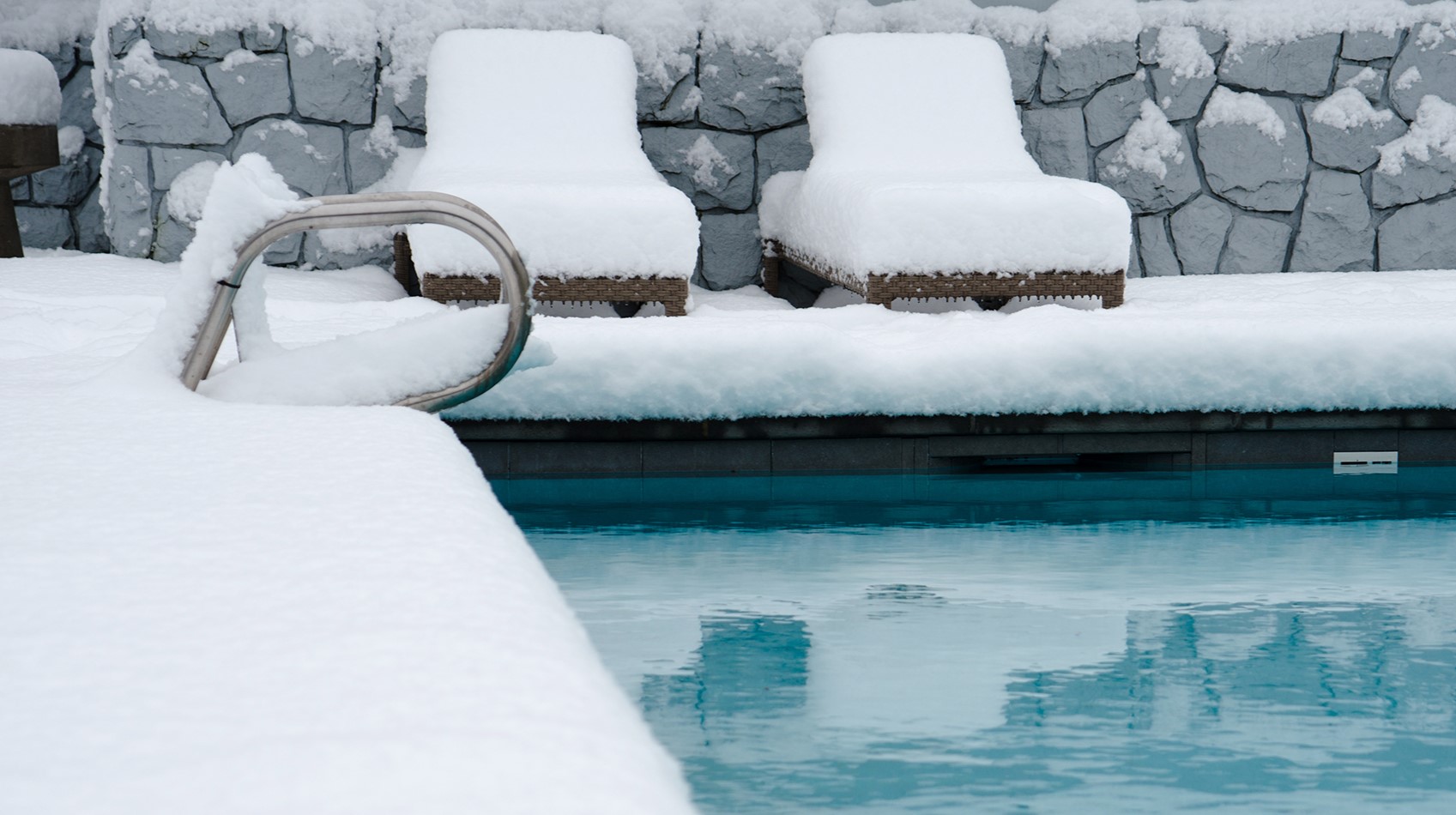

Outdoor Recreation & Activities
How Do You Winterize A Swimming Pool
Published: February 17, 2024
Learn how to properly winterize your swimming pool for the colder months with our outdoor recreation and activities guide. Keep your pool in top condition all winter long!
(Many of the links in this article redirect to a specific reviewed product. Your purchase of these products through affiliate links helps to generate commission for Storables.com, at no extra cost. Learn more)
Introduction
Winterizing a swimming pool is a crucial step in ensuring that it remains in top condition during the colder months. Properly preparing your pool for winter not only protects it from potential damage caused by freezing temperatures but also simplifies the reopening process when warmer weather returns. By following a comprehensive winterization process, you can safeguard your pool and its equipment, ultimately extending its lifespan and minimizing maintenance costs.
As the days grow shorter and the air becomes cooler, it's time to shift our focus from poolside relaxation to proactive maintenance. Winterizing a swimming pool involves a series of essential steps that collectively shield the pool from the harsh effects of winter. From cleaning and balancing the water chemistry to safeguarding the equipment and covering the pool, each task plays a vital role in preserving the integrity of the pool throughout the colder months.
Whether you're a seasoned pool owner or new to the responsibilities of pool maintenance, understanding the winterization process is key to protecting your investment. By taking the time to properly winterize your pool, you can avoid costly repairs and ensure that it's ready for enjoyment when the temperatures rise once again.
In the following sections, we'll delve into the detailed steps involved in winterizing a swimming pool. From cleaning the pool and balancing the water chemistry to lowering the water level, draining and winterizing the equipment, adding winterizing chemicals, and covering the pool, each step is essential in safeguarding your pool during the winter months. Let's explore these crucial tasks to ensure that your pool remains in optimal condition, ready for the next swimming season.
Key Takeaways:
- Protect your pool by cleaning, balancing water chemistry, lowering water level, draining equipment, adding winterizing chemicals, and covering it. This ensures a smooth reopening and extends the pool’s lifespan.
- Winterizing your pool safeguards it from freezing damage, algae growth, and equipment deterioration. Proper maintenance saves time, effort, and money in the long run.
Read more: How To Close A Swimming Pool For The Winter
Step 1: Clean the Pool
Before beginning the winterization process, it's essential to thoroughly clean the pool to remove any debris, algae, and other contaminants that may have accumulated during the swimming season. This step sets the stage for a successful winterization and helps prevent potential issues such as staining and algae growth over the winter months.
Start by skimming the pool's surface to remove leaves, insects, and any other floating debris. A leaf skimmer or net can be used to efficiently gather and remove these unwanted elements. Next, brush the walls and floor of the pool to dislodge any algae or dirt buildup. Pay close attention to areas with poor circulation, such as behind ladders and steps, as these spots are prone to algae growth and debris accumulation.
Once the pool has been thoroughly brushed, it's time to vacuum the pool to eliminate any remaining dirt and debris. A manual pool vacuum or an automatic pool cleaner can be used to effectively remove sediment and ensure that the pool is clean and clear before winterization begins.
In addition to cleaning the pool's interior, it's important to inspect and clean the pool's filtration system. Remove and clean the skimmer baskets, and clean or backwash the pool filter to ensure optimal performance. By addressing any filtration issues and ensuring that the system is clean and free of debris, you can prevent potential problems and maintain water clarity throughout the winter.
Finally, consider performing a shock treatment to eliminate any remaining organic contaminants and bacteria in the water. This will help ensure that the pool water is clean and balanced before proceeding to the next steps of the winterization process.
By thoroughly cleaning the pool and addressing any potential issues, you can set the stage for a successful winterization process and help protect the pool from damage and deterioration during the colder months. This proactive approach to pool maintenance can ultimately save time and effort when it comes time to reopen the pool for the next swimming season.
Step 2: Balance the Water Chemistry
Ensuring that the water chemistry of your swimming pool is properly balanced is a critical aspect of winterizing the pool. Balanced water chemistry not only protects the pool's surfaces and equipment but also helps prevent the growth of algae and bacteria during the dormant winter period.
The first step in balancing the water chemistry is to test the pool water using a reliable water testing kit. This allows you to assess key parameters such as pH levels, alkalinity, and calcium hardness. Ideally, the pH level should be between 7.4 and 7.6, indicating slightly alkaline conditions that are conducive to water balance and comfort for swimmers. Alkalinity, which acts as a buffer for pH, should fall within the range of 80 to 120 parts per million (ppm), while the calcium hardness level should be maintained between 200 and 400 ppm to prevent corrosion or scale formation.
Once the water parameters have been assessed, adjustments can be made to achieve the optimal balance. If the pH level is outside the recommended range, pH increaser or decreaser can be added to bring it into the desired range. Similarly, alkalinity increaser or reducer can be used to adjust alkalinity levels, while calcium chloride or a calcium hardness increaser can be added to raise calcium hardness if necessary.
In addition to these parameters, it's important to ensure that the chlorine level is within the appropriate range. While a slightly higher chlorine level is recommended for winterizing the pool, it's essential to follow the manufacturer's guidelines and maintain a chlorine level between 1 and 3 ppm. This helps prevent the growth of algae and bacteria during the winter months, safeguarding the pool from potential contamination.
Balancing the water chemistry before winterizing the pool sets the stage for a trouble-free off-season. Properly balanced water not only protects the pool's surfaces and equipment but also simplifies the reopening process when spring arrives. By taking the time to assess and adjust the water chemistry, pool owners can ensure that their pool remains in optimal condition throughout the winter, ready for enjoyment when the warmer weather returns.
Step 3: Lower the Water Level
Lowering the water level in your swimming pool is a crucial step in the winterization process, as it helps prevent potential damage caused by freezing temperatures and ensures that the pool remains in optimal condition during the colder months. By reducing the water level to the appropriate height, you can safeguard the pool's structure and equipment, ultimately minimizing the risk of costly repairs and simplifying the reopening process when warmer weather returns.
The ideal water level for winterizing a pool is typically recommended to be below the skimmer opening. Lowering the water level below the skimmer helps prevent damage that can occur if the water freezes and expands within the skimmer and its plumbing lines. Additionally, maintaining the water level below the skimmer opening allows for the installation of winterizing equipment, such as a winter cover, without the risk of overflow or damage to the pool's surroundings.
To lower the water level, a submersible pump or siphon can be used to gradually remove water from the pool until it reaches the appropriate height. It's important to monitor the water level closely during this process to ensure that it aligns with the recommended guidelines for winterization. By carefully lowering the water level, pool owners can effectively protect the pool from potential freeze-related damage and simplify the overall winterization process.
In addition to lowering the water level, it's essential to consider the impact of rainfall and snowmelt during the winter months. Pool owners should anticipate and account for potential increases in water level due to precipitation, ensuring that the pool remains at the appropriate height to withstand freezing temperatures and winter conditions. Regular monitoring and adjustments to the water level may be necessary to maintain the optimal winterization status throughout the colder months.
By proactively lowering the water level and monitoring it throughout the winterization process, pool owners can effectively protect their pool from freeze-related damage and ensure that it remains in top condition during the dormant season. This strategic approach to winterizing the pool sets the stage for a smooth and successful reopening when spring arrives, allowing for a seamless transition back to enjoyable swimming and relaxation.
Before winter, lower the water level, clean the pool, balance the chemicals, and cover it with a winter pool cover to protect it from the cold weather.
Step 4: Drain and Winterize the Equipment
Properly draining and winterizing the pool's equipment is a critical step in the winterization process, as it safeguards the essential components from potential damage caused by freezing temperatures. By effectively preparing the equipment for the dormant winter period, pool owners can minimize the risk of costly repairs and ensure that the pool's infrastructure remains in optimal condition for the next swimming season.
The first key aspect of this step involves draining the pool's plumbing lines and equipment to prevent freeze-related damage. This includes draining the pool pump, filter, heater, and any other relevant equipment to remove water from the system. By eliminating water from these components, pool owners can prevent freezing and expansion that can lead to cracks, leaks, or other forms of damage.
After draining the equipment, it's essential to ensure that any remaining water is removed to prevent potential freeze-related issues. This can be achieved by using a shop vacuum or air compressor to blow out any residual water from the plumbing lines and equipment. By thoroughly removing water from the system, pool owners can effectively protect the equipment from freeze-related damage and ensure its longevity.
In addition to draining the equipment, it's important to consider the winterization of other essential components, such as the pool's automatic cleaner, chlorinator, and any additional accessories. These components should be carefully inspected, cleaned, and prepared for the winter months to prevent potential damage and ensure their proper functioning when the pool is reopened.
Furthermore, pool owners should take the necessary steps to protect the pool's equipment from the elements during the winter. This may involve covering the equipment with appropriate protective materials or utilizing specialized winterizing products designed to safeguard the components from cold temperatures and inclement weather.
By diligently draining and winterizing the pool's equipment, pool owners can effectively protect the essential components from freeze-related damage and ensure that they remain in optimal condition throughout the winter. This proactive approach to equipment maintenance sets the stage for a smooth and successful reopening when the warmer weather returns, allowing for uninterrupted enjoyment of the pool and its amenities.
Read more: How Do You Fill In A Swimming Pool
Step 5: Add Winterizing Chemicals
As the winterization process progresses, the addition of winterizing chemicals plays a crucial role in safeguarding the pool from potential issues during the dormant winter period. These specialized chemicals are designed to provide essential protection and maintenance, ensuring that the pool remains in optimal condition and is ready for enjoyment when the warmer weather returns.
One of the key winterizing chemicals commonly used is a winter algaecide. This specialized algaecide is formulated to prevent algae growth during the winter months, effectively protecting the pool from unsightly and potentially damaging algae blooms. By adding a winter algaecide to the pool water, pool owners can proactively inhibit the growth of algae, maintaining water clarity and preventing the need for extensive cleaning and treatment when the pool is reopened.
In addition to a winter algaecide, the use of a winterizing shock treatment is recommended to maintain water clarity and sanitation during the dormant winter period. This shock treatment helps eliminate organic contaminants and bacteria in the water, ensuring that the pool remains clean and balanced throughout the winter. By adding a winterizing shock treatment, pool owners can effectively prepare the pool for an extended period of inactivity, minimizing the risk of water deterioration and the need for extensive maintenance upon reopening.
Furthermore, the addition of a winter stain and scale control product can help prevent the formation of stains and scale buildup on the pool surfaces during the winter months. These specialized products are designed to protect the pool's surfaces, including the walls and floor, from potential discoloration and scaling, ultimately preserving the aesthetic appeal of the pool and simplifying the reopening process.
It's important to note that the use of winterizing chemicals should be in accordance with the manufacturer's guidelines and recommendations. Proper dosing and application of these specialized products are essential to ensure their effectiveness and to prevent any potential adverse effects on the pool water and surfaces.
By adding winterizing chemicals to the pool as part of the winterization process, pool owners can effectively protect the water quality, prevent algae growth, and safeguard the pool's surfaces from potential staining and scaling. This proactive approach to pool maintenance sets the stage for a smooth and successful reopening when the warmer weather returns, allowing for uninterrupted enjoyment of the pool and its pristine condition.
Step 6: Cover the Pool
Covering the pool is the final step in the winterization process and is essential for protecting the water and pool structure from the harsh effects of winter weather. A durable and properly fitted pool cover acts as a protective barrier, shielding the pool from debris, sunlight, and the elements, while also helping to retain heat and prevent water evaporation during the dormant winter period.
When selecting a pool cover for winterization, it's important to choose a high-quality cover that is specifically designed for winter use. Winter pool covers are typically made from heavy-duty materials such as reinforced vinyl or polyethylene, providing durability and resistance to tearing, UV rays, and harsh weather conditions. Additionally, these covers are available in various styles, including solid covers and mesh covers, each offering unique benefits for winter protection.
Solid pool covers are designed to completely block out sunlight and prevent debris from entering the pool, effectively maintaining water clarity and cleanliness throughout the winter. These covers provide a barrier that inhibits algae growth and minimizes the need for extensive cleaning and treatment when the pool is reopened. Furthermore, solid covers help retain heat and reduce water evaporation, contributing to energy savings and preserving the pool's water level.
On the other hand, mesh pool covers are engineered to allow water to pass through while blocking debris and sunlight. These covers offer the advantage of preventing the accumulation of standing water on the cover's surface, reducing the risk of damage and providing added safety by minimizing the potential for water-related accidents. Mesh covers also facilitate the drainage of precipitation, maintaining the optimal water level and preventing excess weight on the cover.
Once the appropriate pool cover has been selected, it should be carefully fitted to ensure a secure and snug installation. Properly securing the cover prevents debris from entering the pool and ensures that it remains in place during strong winds and inclement weather. Additionally, some pool covers feature a tensioning system or anchors that help maintain a taut and secure fit, enhancing their effectiveness in protecting the pool throughout the winter.
By covering the pool as part of the winterization process, pool owners can effectively safeguard the water and pool structure, minimizing maintenance requirements and simplifying the reopening process when the warmer weather returns. A well-fitted and durable pool cover serves as a proactive measure to preserve the pool's condition and readiness for enjoyment, ultimately contributing to an extended lifespan and enhanced enjoyment of the pool.
Conclusion
As the winterization process draws to a close, it's evident that the meticulous attention to detail and proactive measures taken to safeguard the swimming pool will yield significant benefits throughout the dormant winter period. By following the comprehensive steps outlined in this guide, pool owners can ensure that their pool remains in optimal condition, ready for enjoyment when the warmer weather returns.
Thoroughly cleaning the pool, balancing the water chemistry, lowering the water level, draining and winterizing the equipment, adding winterizing chemicals, and covering the pool are all essential components of a successful winterization process. Each step plays a crucial role in protecting the pool from potential damage caused by freezing temperatures, debris accumulation, and water deterioration during the colder months.
By cleaning the pool and addressing any potential issues, pool owners set the stage for a successful winterization process, preventing staining, algae growth, and equipment damage. Balancing the water chemistry ensures that the pool's water remains clean, clear, and properly sanitized, minimizing the risk of water deterioration and simplifying the reopening process. Lowering the water level and draining and winterizing the equipment protect the pool's structure and essential components from freeze-related damage, ultimately extending their lifespan and minimizing the need for repairs. The addition of winterizing chemicals further safeguards the water quality, prevents algae growth, and protects the pool's surfaces, contributing to a pristine and well-maintained pool throughout the winter. Finally, covering the pool with a high-quality, properly fitted pool cover serves as a protective barrier, shielding the pool from debris, sunlight, and the elements, while also helping to retain heat and prevent water evaporation.
As the pool rests during the winter months, the proactive measures taken during the winterization process will ensure that it remains in top condition, ready for enjoyment when the temperatures rise once again. By investing the time and effort into properly winterizing the pool, pool owners can minimize maintenance requirements, prevent potential damage, and ultimately extend the lifespan of their pool and its components.
In conclusion, the winterization process is a vital aspect of pool maintenance, and by following the detailed steps outlined in this guide, pool owners can protect their investment and ensure that their pool remains a source of enjoyment for years to come. With proper winterization, the pool will emerge from the dormant winter period in optimal condition, ready to provide countless hours of relaxation, recreation, and enjoyment for family and friends.
Frequently Asked Questions about How Do You Winterize A Swimming Pool
Was this page helpful?
At Storables.com, we guarantee accurate and reliable information. Our content, validated by Expert Board Contributors, is crafted following stringent Editorial Policies. We're committed to providing you with well-researched, expert-backed insights for all your informational needs.
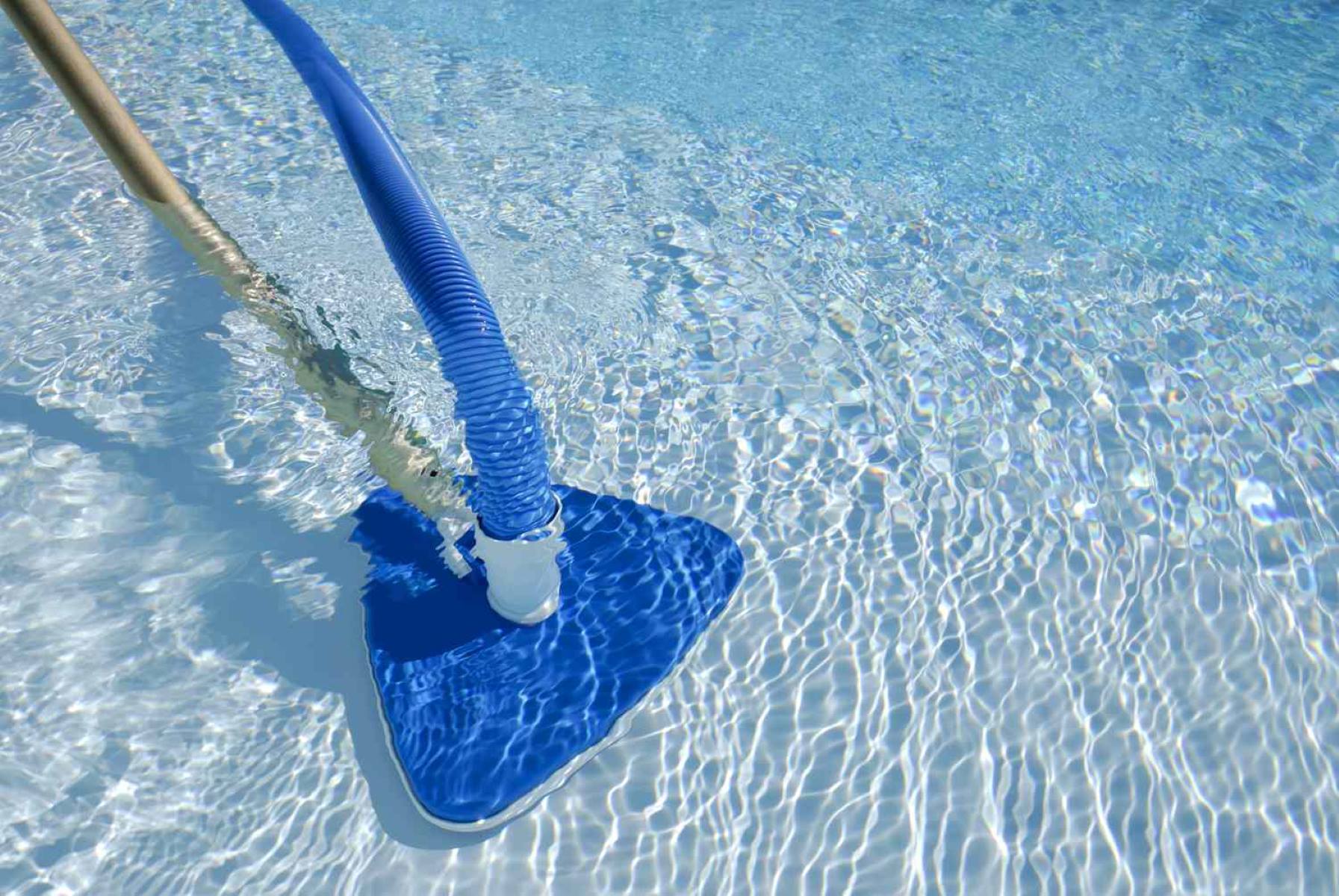
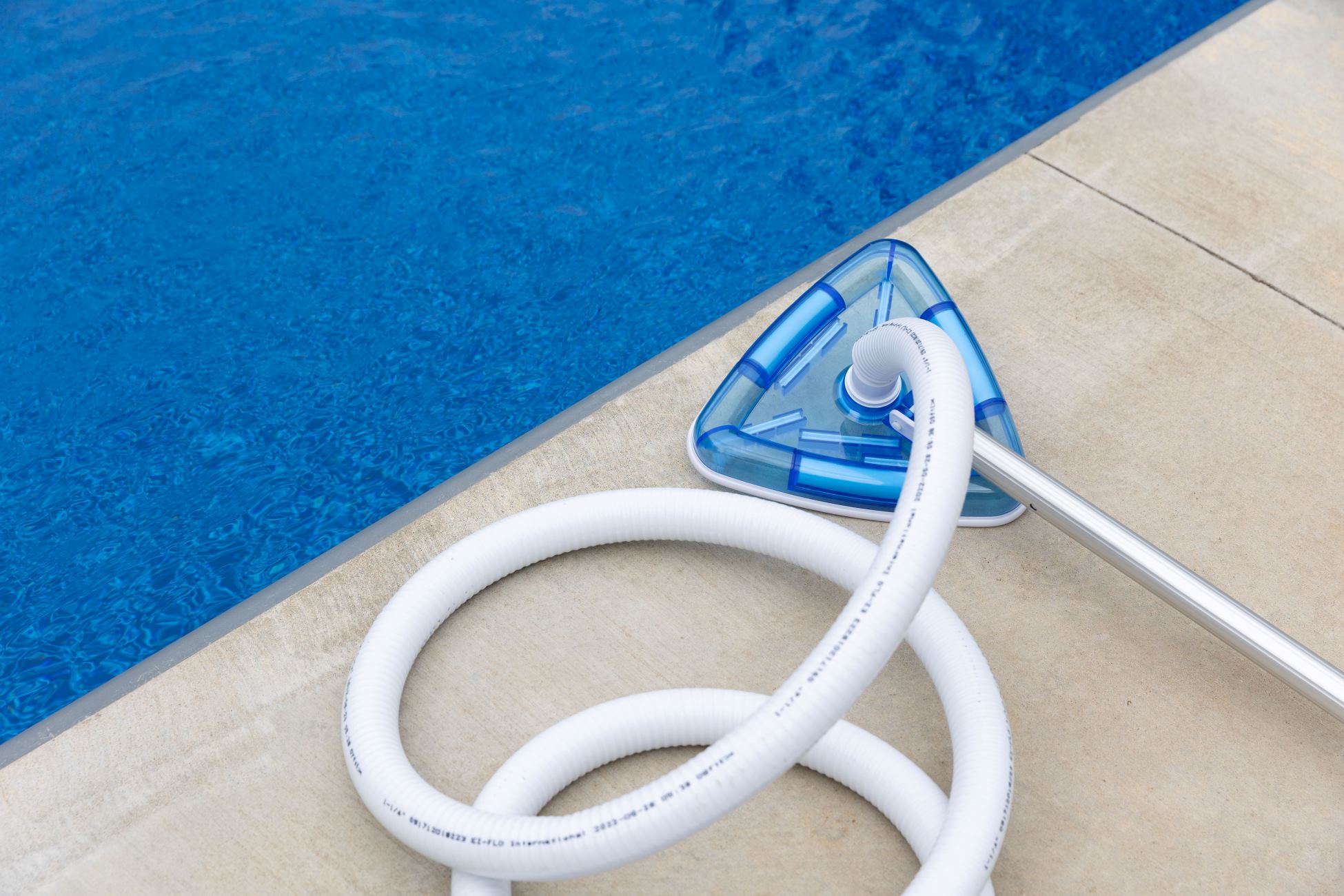
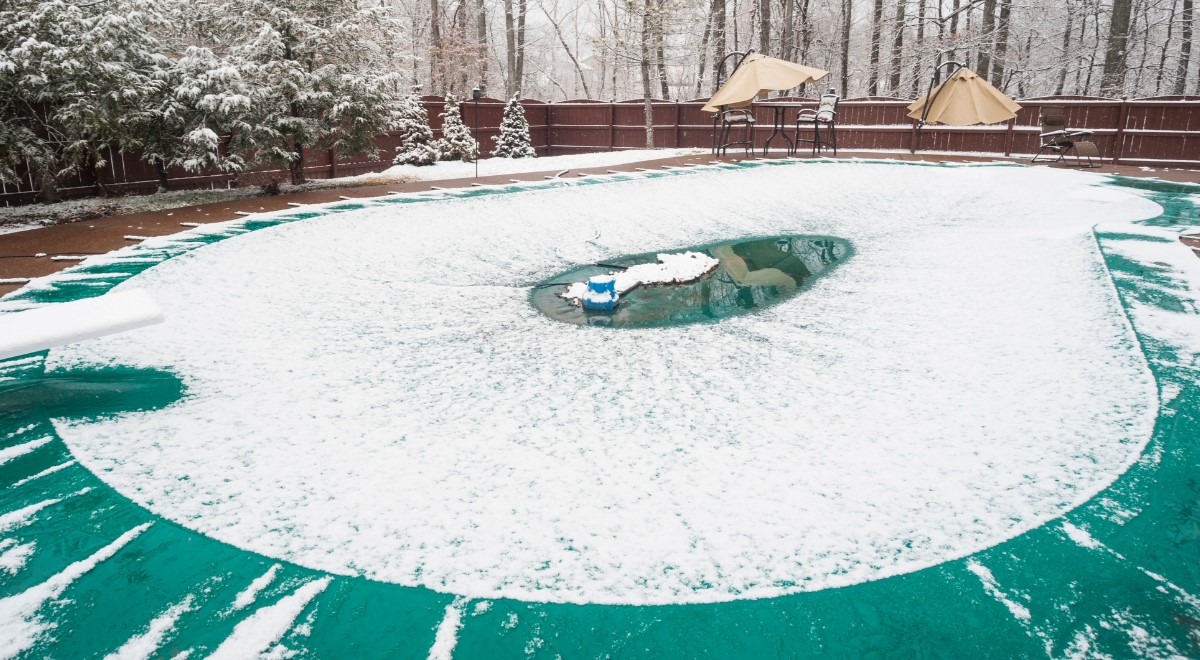
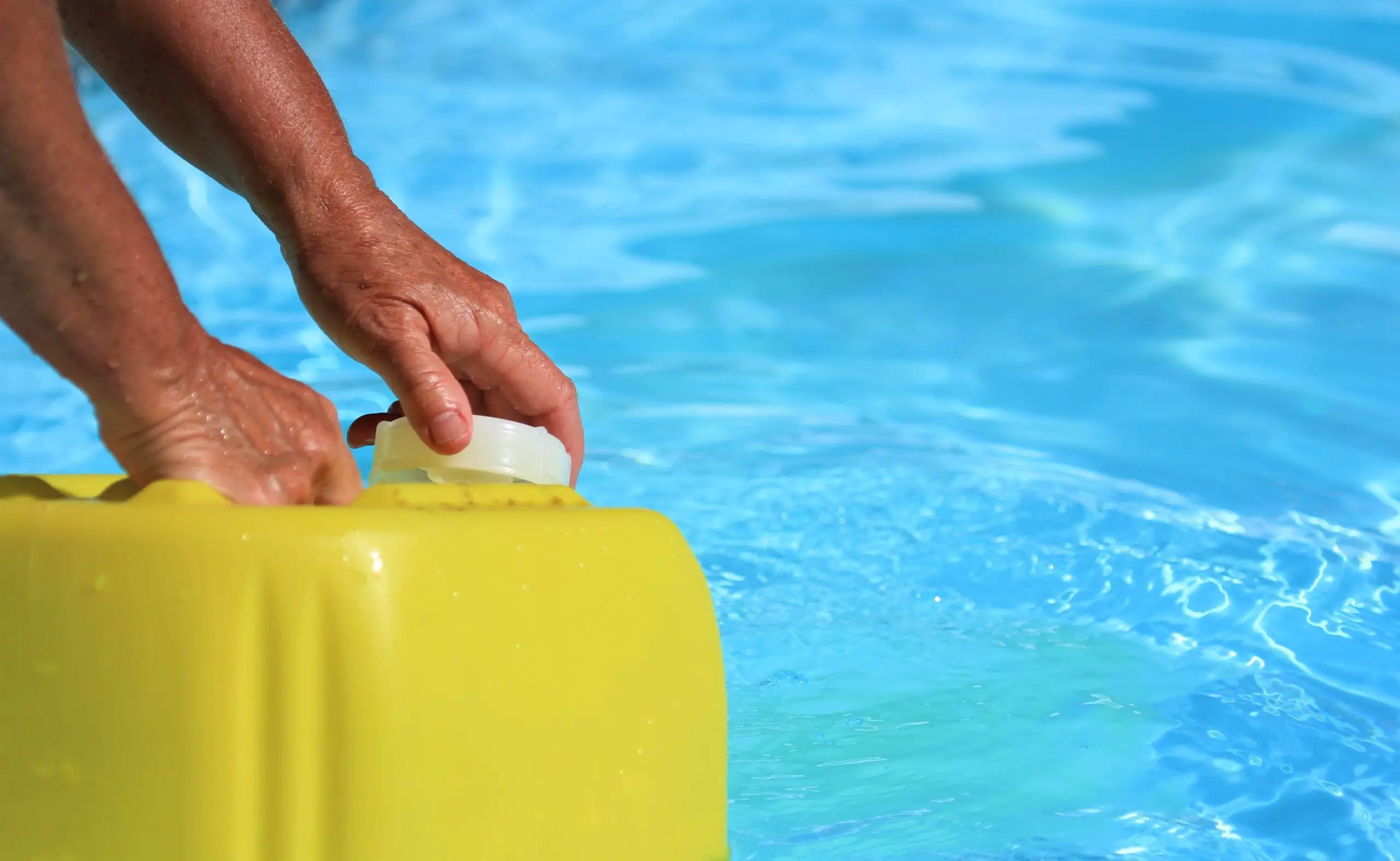
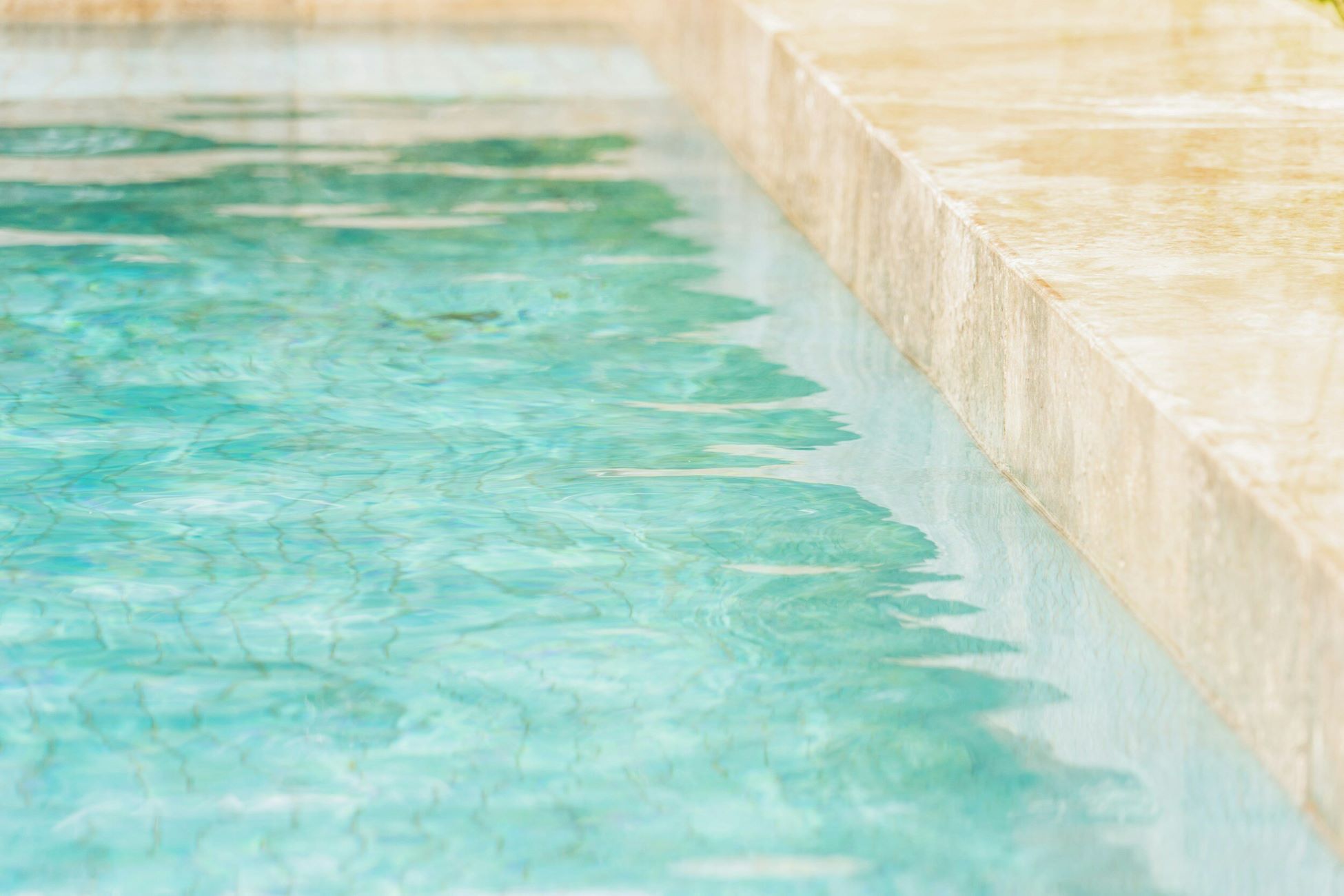

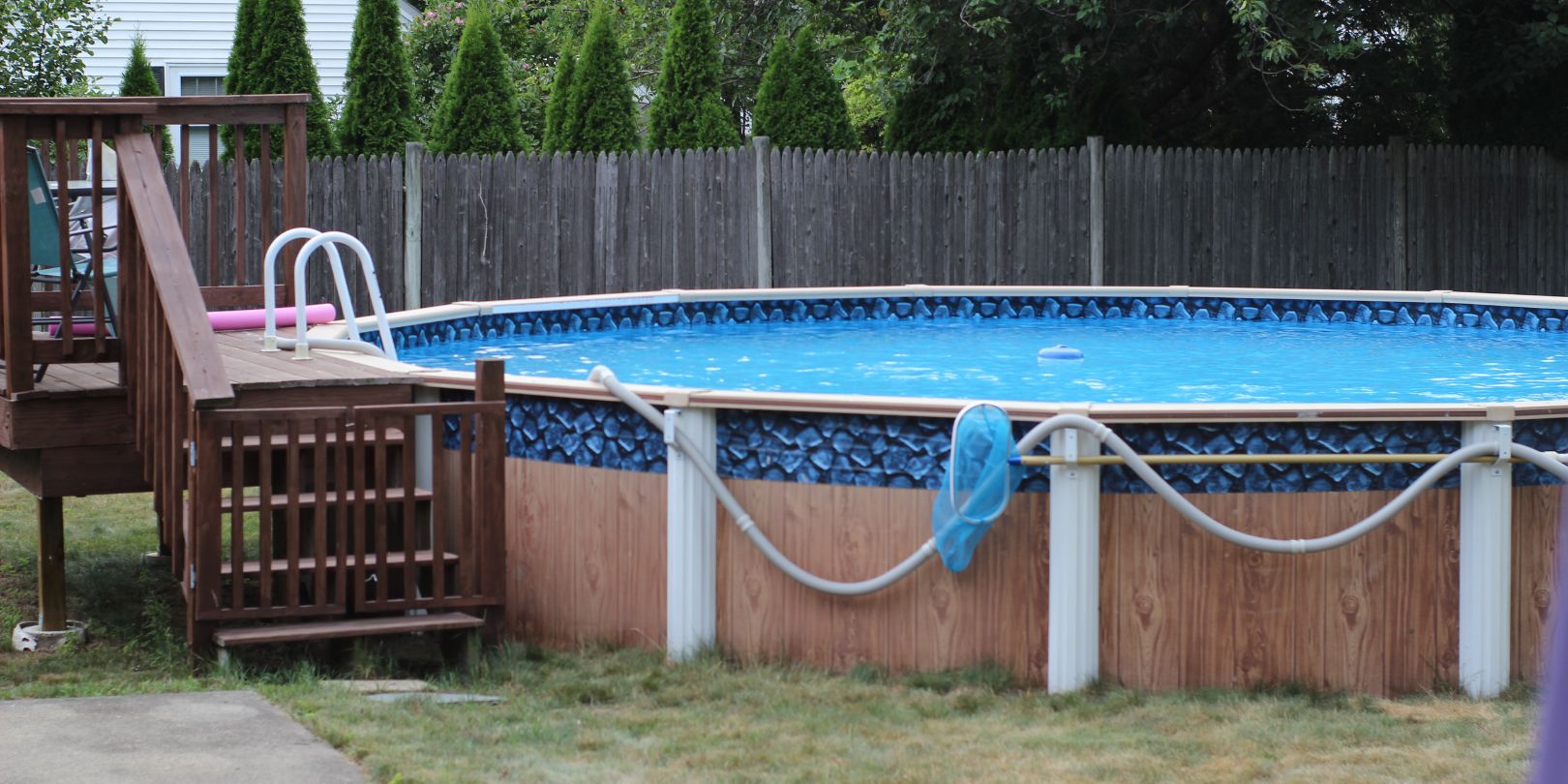
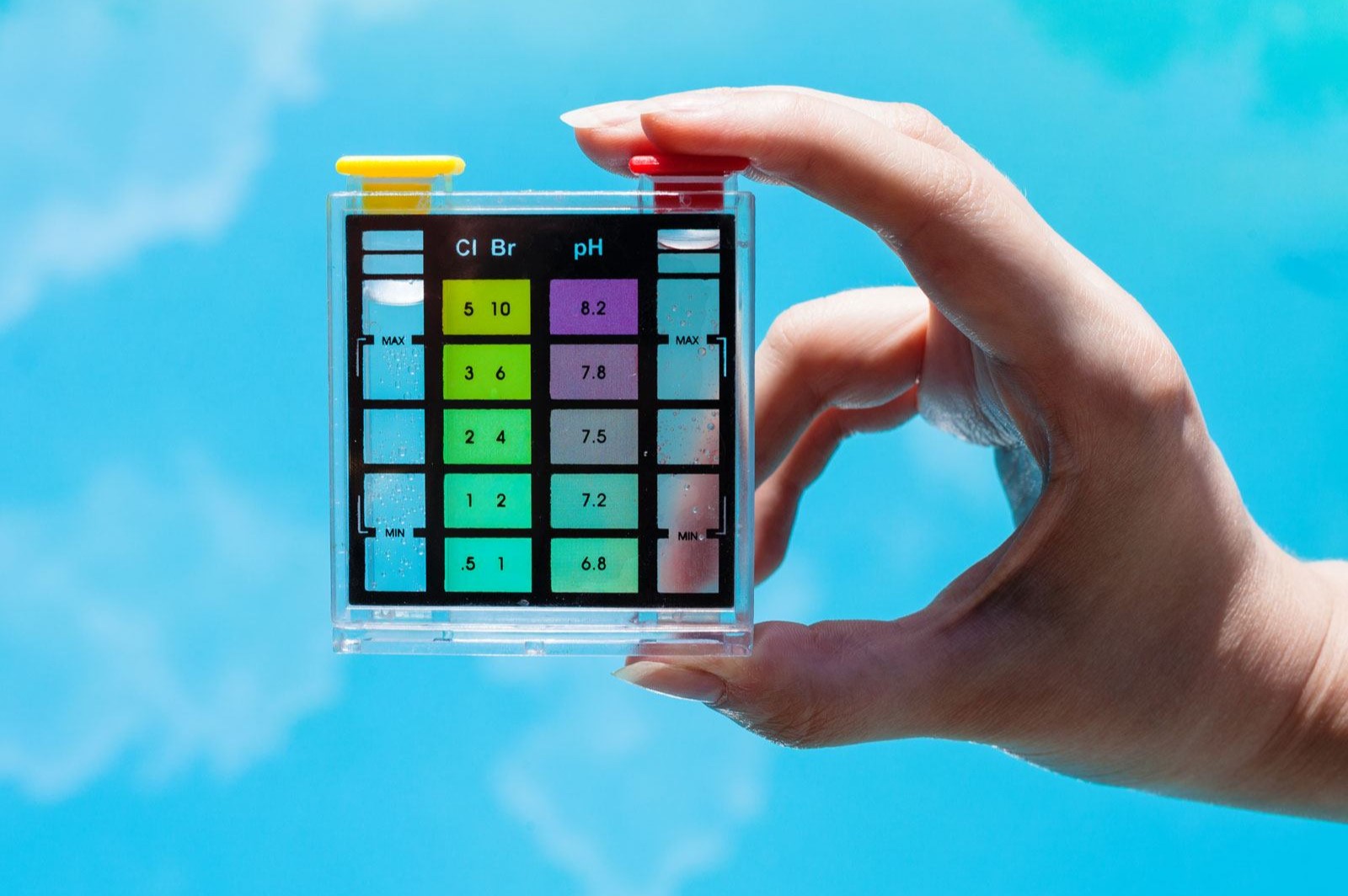
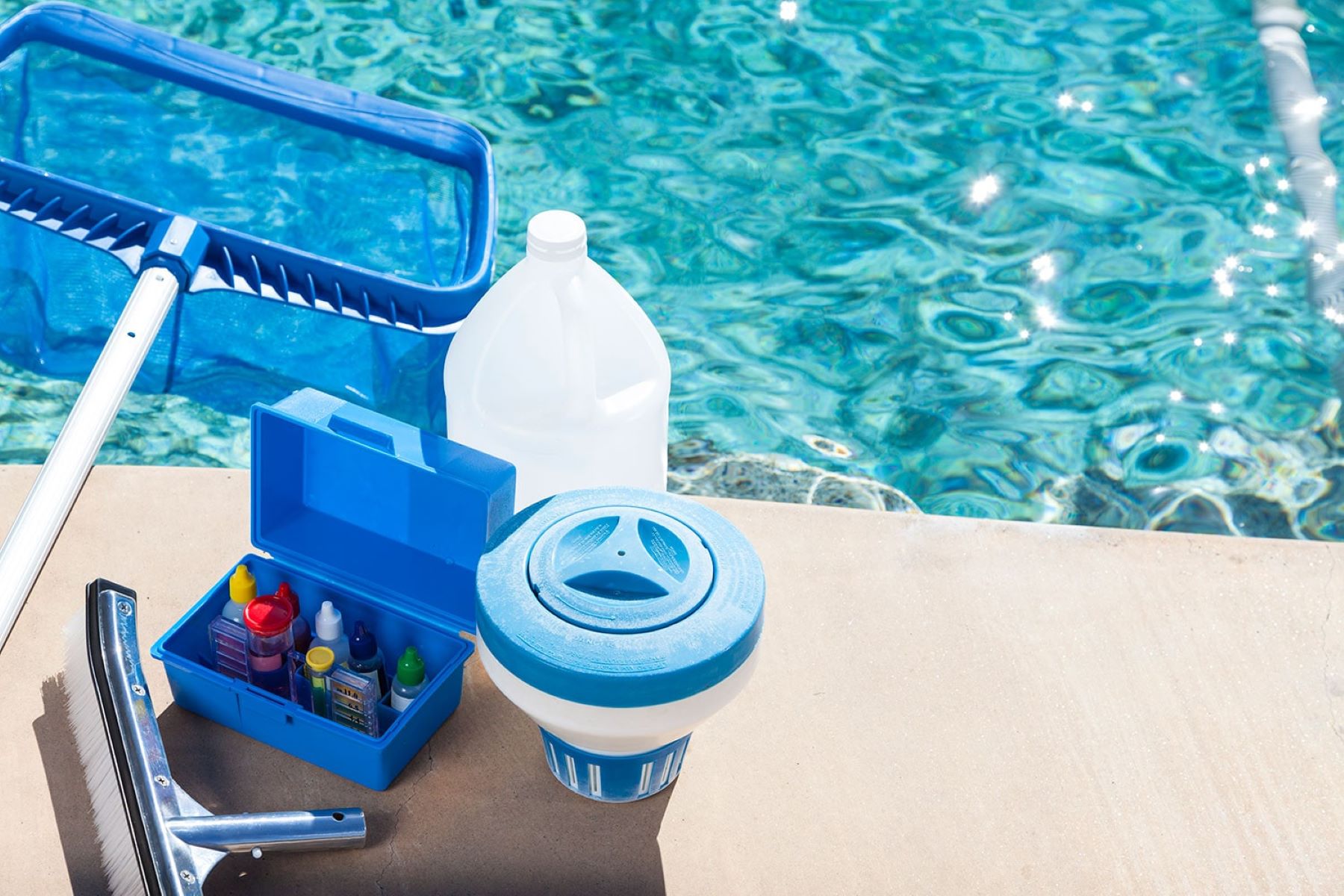
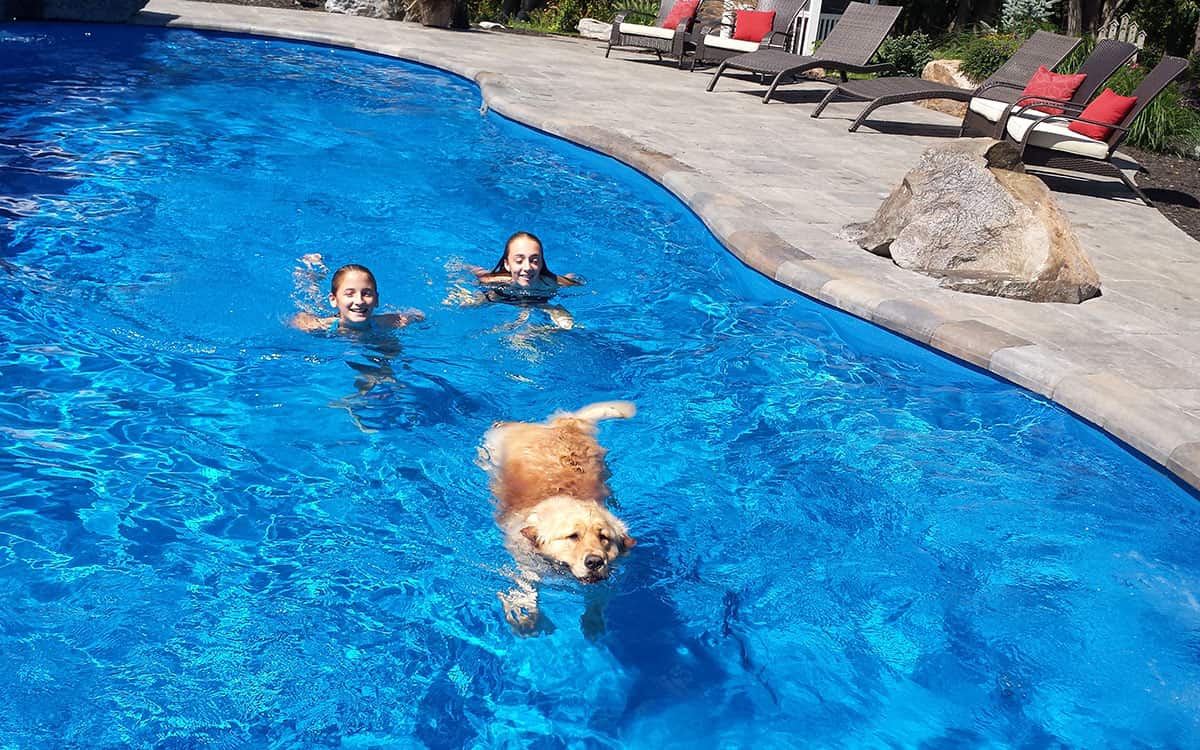
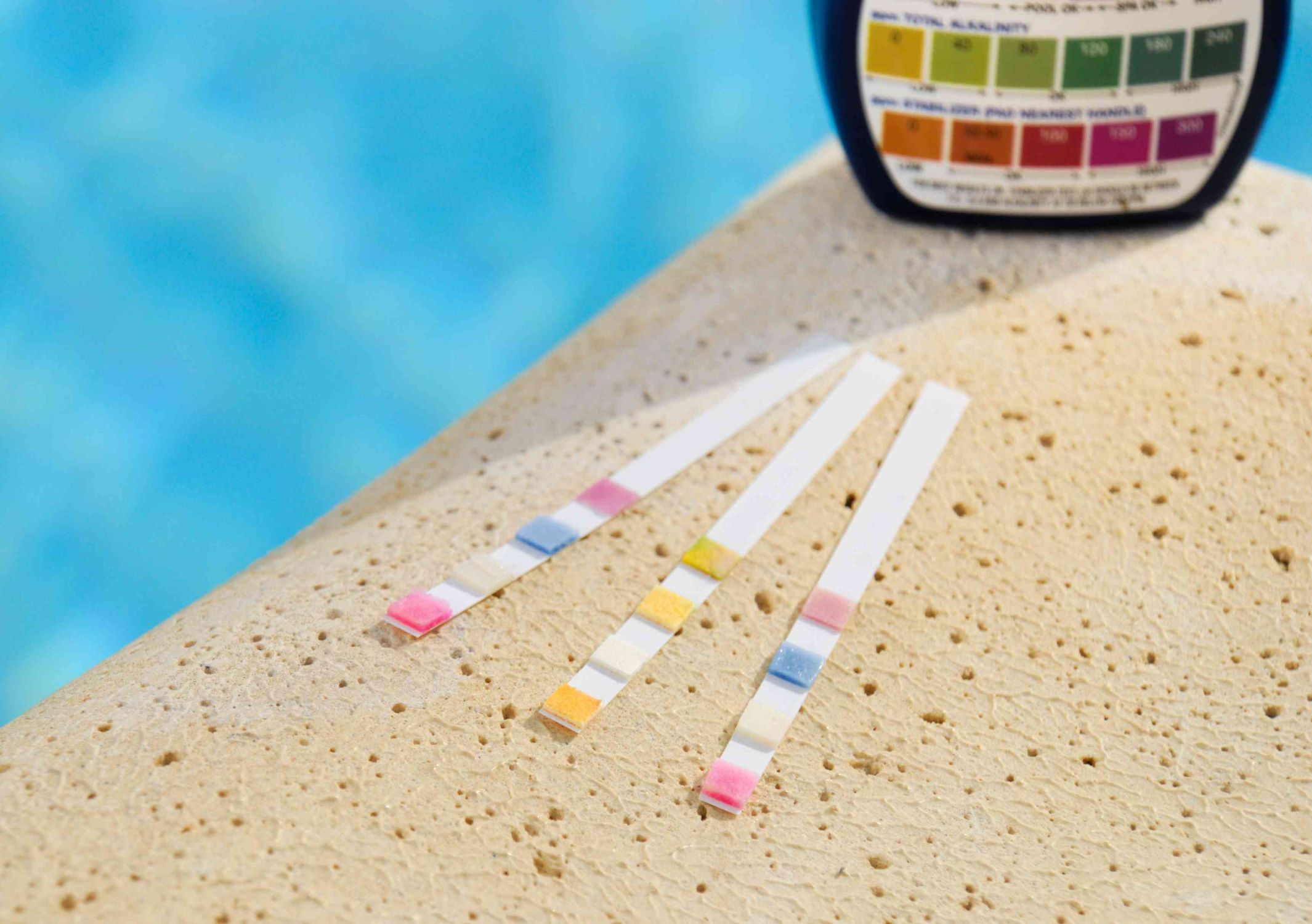
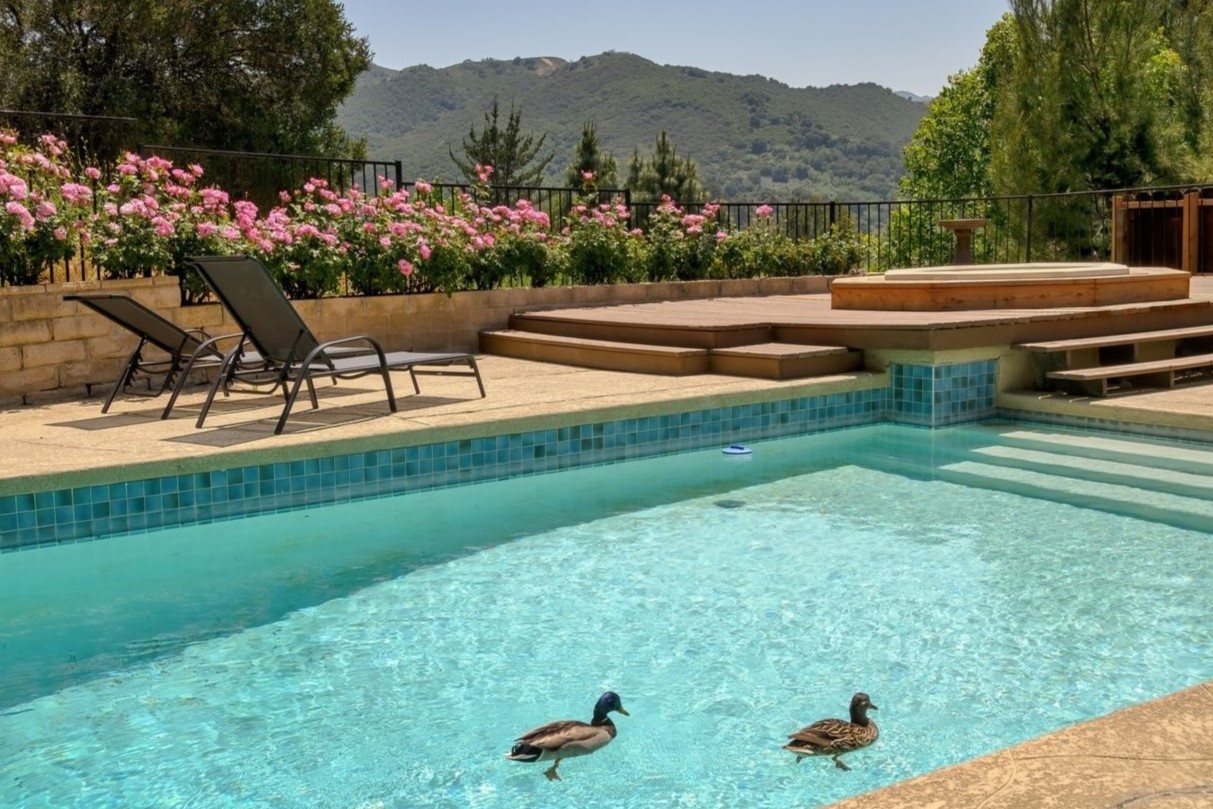
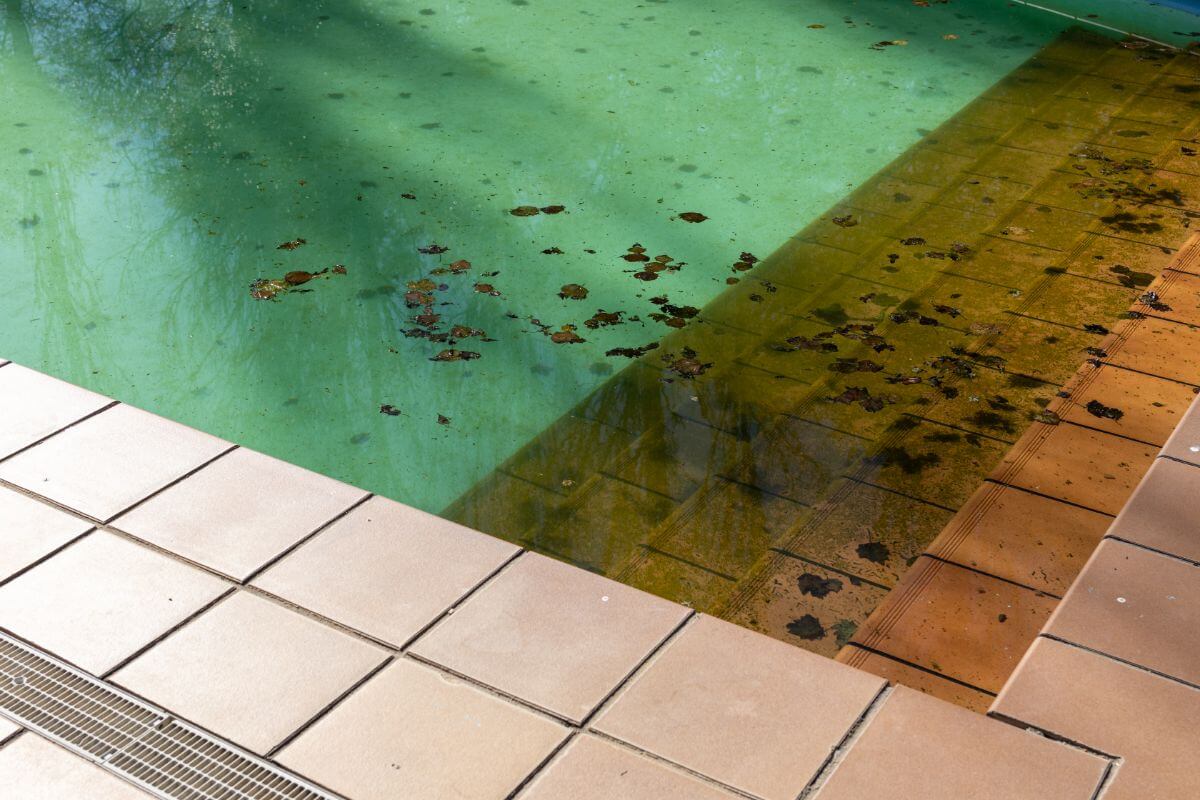


0 thoughts on “How Do You Winterize A Swimming Pool”